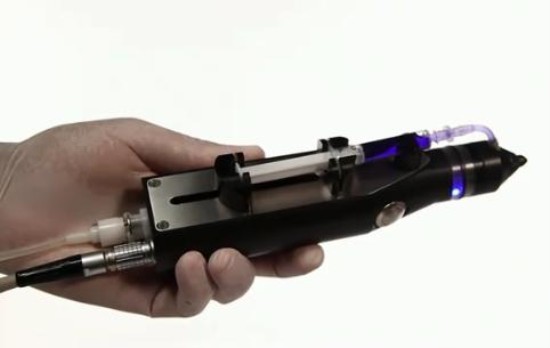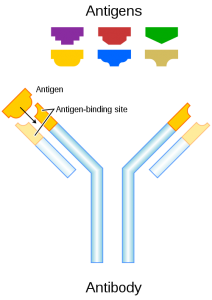While we used AC power and wires to build a massive electrical network in the 20th century, wireless energy technology could revolutionize the world in the years to come! Recently researchers at Stanford University announced that they are working on a way to charge moving electric cars using a series of coils embedded in freeways. A wireless charging system would address a major drawback of plug in electric car, their limited driving range. The all electric Nissan Leaf, for example, gets less than 100 miles on a single charge, and the battery takes several hours to fully recharge.

(Image from ddmcdn website: (wireless energy) According to the theory, one coil can recharge any device that is in range, as long as the coils have the same resonant frequency.)
The Stanford project was funded by the Global Climate and Energy Project, and it is an extension of a wireless charging system (WiTricity) developed at MIT, which uses magnetic resonant inductive coupling technology famously developed by Nikola Tesla in 1894. The technology takes advantage of the magnetic property of electricity by communicating energy between two copper coils tuned to resonate at the same frequency. As one coil is charged, the other will absorb the resulting magnetic field and turn it back into electrical energy.
How this system works?
[(Image from Stanford: It shows how electric cars can be charged on the power line(highway)]
Two researchers from Stanford University proved that the coils could deliver 10 kilowatts of energy for 6.5 feet, and even more impressively the transfer of electricity is 97% efficient. Coils set into the road could give vehicles enough energy to move while charging their batteries at the same time, making the whole exercise of charging an electric car completely hands free. Because the coils are designed to be set in the middle of lanes, it is possible that they could also help navigate driverless technologies as well.

Video from Youtube: Postdoctoral scholar Xiaofang Yu explains the idea behind the new technology.
Fan and his colleagues recently filed a patent application for their wireless system. The next step is to test it in the laboratory and eventually try it out in real driving conditions.
“You can very reliably use these computer simulations to predict how a real device would behave,” Fan said.
The researchers also want to make sure that the system won’t affect drivers, passengers or navigation, air conditioning and other vehicle operations.
References
1.http://singularityhub.com/2009/06/30/the-wireless-future-of-energy-tranfer/
2.http://inhabitat.com/stanford-develops-wireless-electric-car-charging-system-for-highways/
3.http://electronics.howstuffworks.com/everyday-tech/wireless-power.htm
4.http://www.teslaradio.com/pages/tesla.htm

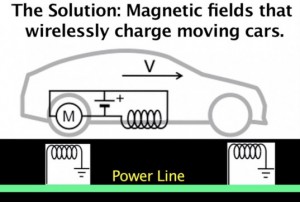

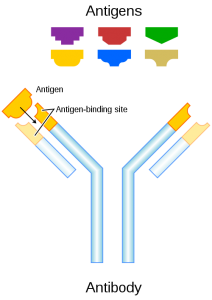
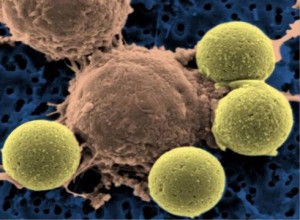
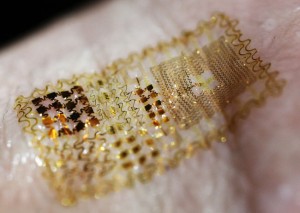
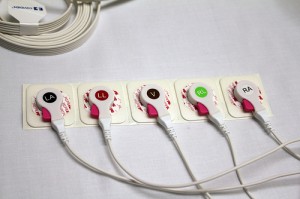

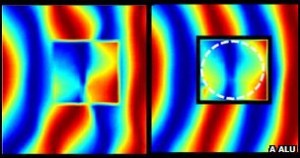


 Visible light of different wavelengths is detected by our eyes as a range of colors. Of the light that we can see, red has the longest, and violet has the shortest wavelength.
Visible light of different wavelengths is detected by our eyes as a range of colors. Of the light that we can see, red has the longest, and violet has the shortest wavelength.

